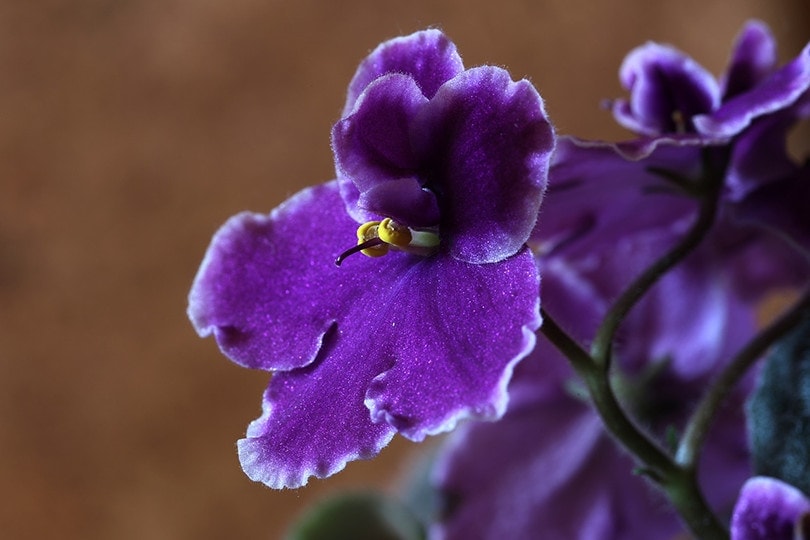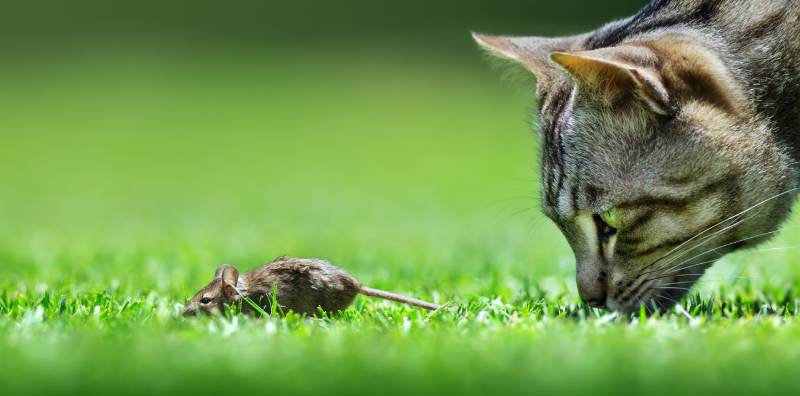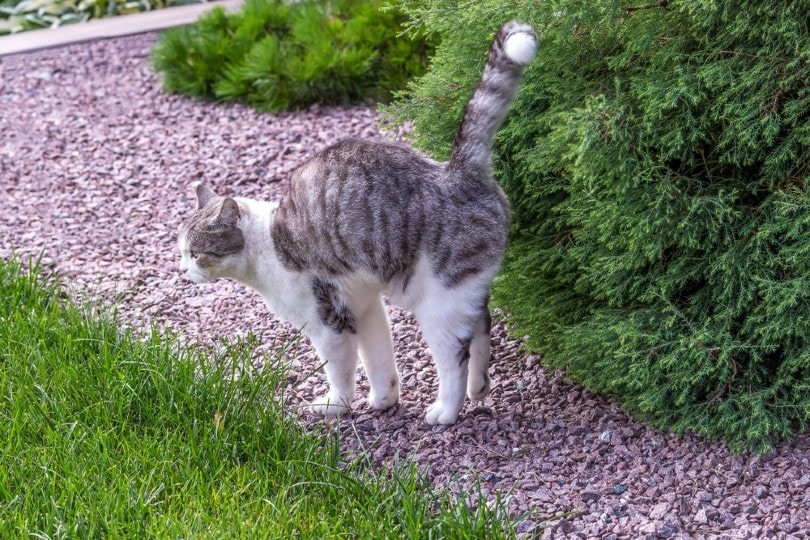Hairball Cat Food – Are There Side Effects? Important Facts & Considerations
By Lorre Luther
Updated on
–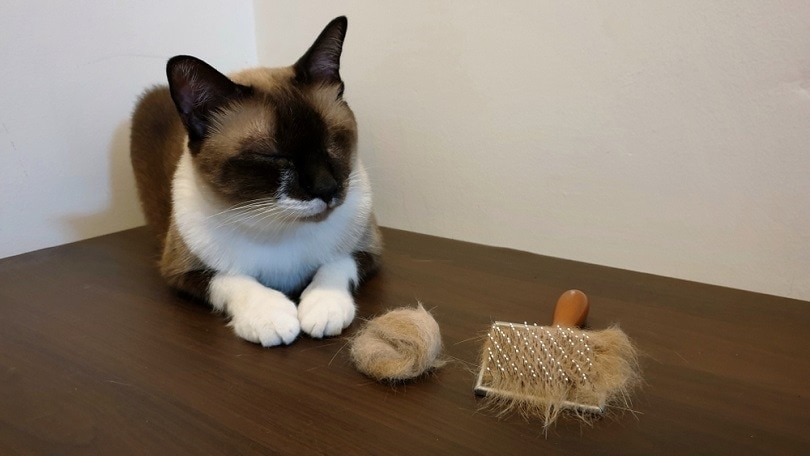
Click to Skip Ahead
The best approach to dealing with hairballs often requires multiple branches of attack, such as increased human-assisted grooming and sometimes a switch in the diet; a few cat foods are available and marketed as useful to prevent hairball formation. If your cat is prone to experiencing this unpleasant issue, you might be wondering if it’s safe to give your feline companion a hairball control food or if there could be unpleasant side effects. Unfortunately, because of the ways in which these foods are formulated, they sometimes lead to stomach upset and urinary tract problems.
 How and Why Hairballs Form
How and Why Hairballs Form
Hairballs form when too much loose fur gets into your cat’s digestive system, essentially overwhelming its ability to pass that much hair naturally through bowel movements. Cats ingest hair when grooming themselves; the sharp edges on their tongues deliver cleansing saliva and remove loose hair at the same time.
Most of the time, when things are in balance, the hair your cat eats simply passes through their digestive system and comes out the other end. But if your cat takes in too much hair, it can start to build up, forming an entanglement or clump, and you’ll probably end up with a hairball problem on your hands.
Hairballs are somehow common, but certain factors can predispose to them; for example, excessive grooming, long hair, or even lack of hydration. Stressed kitties or cats with injuries will often groom themselves too much, which regularly results in hairball formation. Giving your cat an assist by brushing them is a simple way to help prevent the formation of hairballs. However, many owners turn to hairball prevention foods if the increased assisted grooming doesn’t seem to be making a difference.
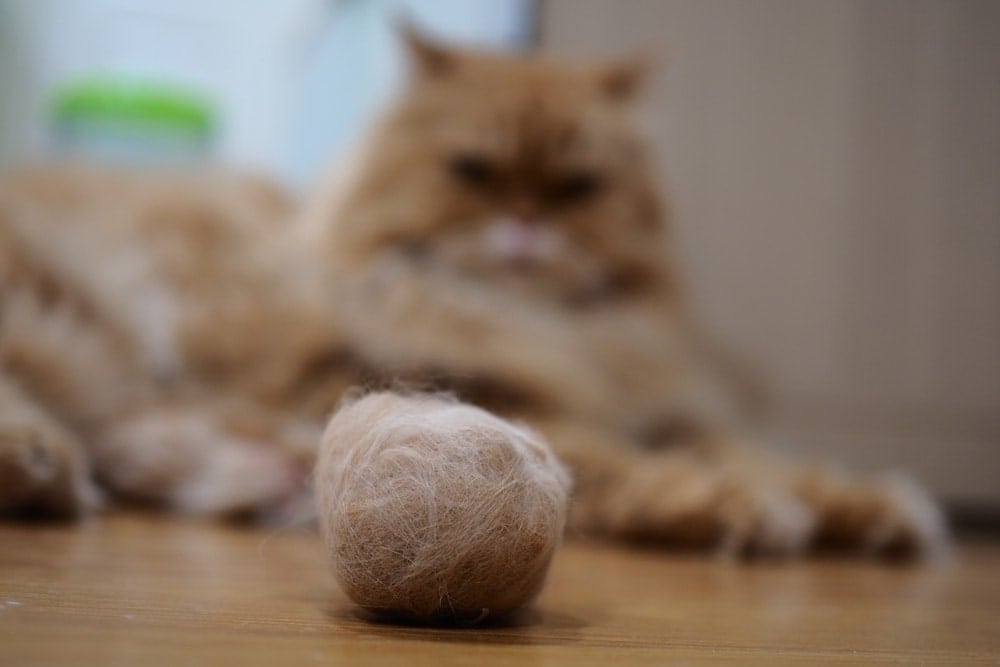
How Do Hairball Prevention Formulas Work?
Most of these formulas work by increasing the amount of fiber and healthy fat in your cat’s food. Some hairball recipes include some type of fish oil, and they tend to deliver high doses of omega-3 fatty acids to help improve the coat, preventing excessive shedding as well as overgrooming due to dry, itchy skin.
What Types of Problems Can Hairball Formulations Cause?
There’s often too much fiber in hairball prevention options for cats to comfortably consume. Cat foods for normal kitties that aren’t overweight typically contain around 1 or 2% fiber. Hairball management formulations often increase the quantity to a whopping 8% or more. Cats eating too much fiber can cause them to feel sick to their stomachs and become constipated. This is especially true if this is a dry food and your cat does not drink enough water.
Hairball formulas aren’t necessarily great for cats with kidney and urinary tract issues. High amounts of fiber require lots of water to be appropriately expelled. Otherwise, your cat will most likely experience severe constipation. Insufficient water consumption is one of the leading contributors to feline kidney and urinary tract disease, and it can ultimately lead to cystitis or bladder inflammation.
Many owners struggle to get their felines to drink enough water to maintain kidney and urinary tract health, and that’s without the added burden of a high-fiber diet. If your cat suffers from kidney disease or has a tendency to form struvites, it’s essential to speak with your veterinarian before switching them to a high-fiber food.
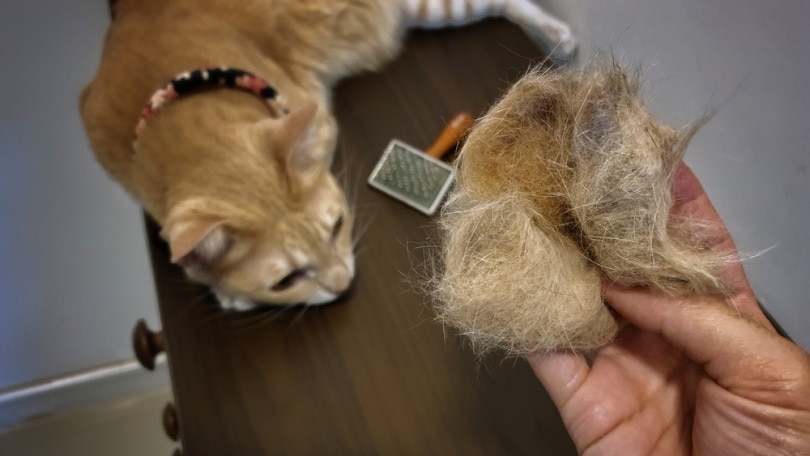
Is There Anything To Look for in a Hairball Reduction Formulation?
Offering your cat a high-moisture food should probably be your first option. Water helps to keep a healthy digestive tract and also helps to keep things moving and prevent constipation. It is possible to find wet hairball formulas in the market; however, it’s always wise to get it cleared by your vet.
Don’t give your cat a product with more than 8% fiber without informing your veterinarian. Make sure to keep an eye on your cat’s litter box habits after you start them on any sort of high-fiber diet. Reach out to your veterinarian immediately if you see straining while peeing or notice your cat is producing less urine than normal.
 Are There Other Products I Can Try?
Are There Other Products I Can Try?
Some veterinarians recommend giving your cat a bit of canned pumpkin or mixing a touch of psyllium into their wet food to give your pet a boost when it comes to digestion. There are several commercially available treats you can give your cat to temporarily increase their fiber consumption when it becomes evident that they’re dealing with a hairball issue.
Alternatively, lubricant products contain flavored oil, liquid paraffin, or petroleum jelly designed to ease the passage of matter through your cat’s digestive system and prevent the hair your cat ingested during grooming from clumping together and causing an obstruction. If you choose to serve your cat this sort of remedy, have it approved by the vet and keep a close eye on your cat.
Keep in mind that some cats may be okay with the lubricants, and others simply won’t tolerate them. Back off if your cat isn’t willing to consume a particular product, and remember to never use multiple hairball remedies at once.
Featured Image Credit: RJ22, Shutterstock

 How and Why Hairballs Form
How and Why Hairballs Form